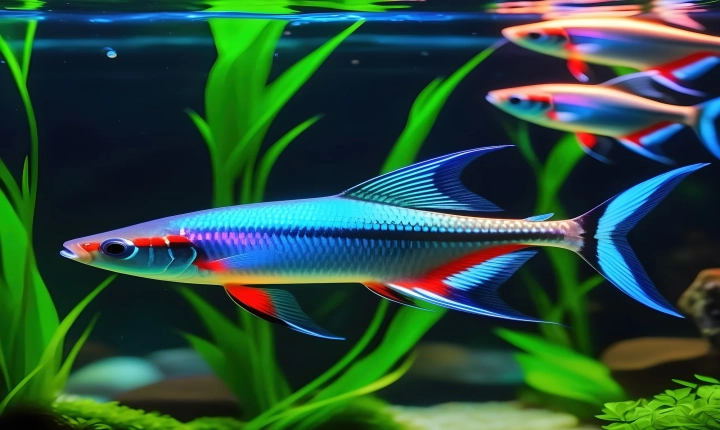Title: Is There an AI That Can Edit Videos?
In recent years, the advancements in artificial intelligence (AI) technology have raised the question of whether an AI can effectively edit videos. Video editing is a complex and time-consuming task, requiring creativity, attention to detail, and technical expertise. Traditionally, it has been performed by skilled human editors using specialized software. However, AI has made significant strides in various creative fields, prompting the development of AI-powered video editing tools.
One of the key areas where AI is being applied to video editing is in the realm of automated editing. AI models trained on large datasets of video footage can learn to identify and edit out unnecessary content, such as filler words in interviews, long pauses, or repeated actions. This can save editors a considerable amount of time by automating the tedious process of sifting through hours of footage to find the best parts.
AI is also being used to enhance the visual quality of videos through features like automatic color correction, image stabilization, and object tracking. These capabilities can improve the overall look and feel of a video, resulting in a more professional end product. Additionally, AI can analyze the content of a video and generate automatic subtitles or translations, making the content more accessible to a wider audience.
Furthermore, there are AI-powered video editing tools that aim to simplify the editing process for individuals with minimal experience in video production. These tools often offer features like automated scene detection, storyboard generation, and intelligent clip selection, allowing users to create polished videos with minimal effort.
One prominent example of AI-driven video editing is the use of neural networks to generate deepfakes, a controversial technology that can manipulate videos to make it appear as if someone is saying or doing something they never did. While deepfake technology has raised ethical concerns, it also demonstrates the potential of AI in manipulating and editing video content.
Despite these advancements, it’s important to note that AI is not yet capable of replacing human video editors entirely. While AI can automate certain aspects of the editing process and enhance visual quality, it still lacks the creativity, intuition, and storytelling skills that human editors bring to the table. The human element of video editing, including the ability to make subjective decisions, understand the emotional impact of a scene, and craft a compelling narrative, remains irreplaceable.
In conclusion, while AI has made significant strides in video editing, it is not yet at a stage where it can fully replace human editors. However, AI-powered tools are proving to be valuable assets in streamlining certain aspects of the editing process, enhancing visual quality, and making video editing more accessible to a wider audience. As the technology continues to evolve, it is likely that AI will play an increasingly prominent role in the video editing industry, but the human touch will remain indispensable.
